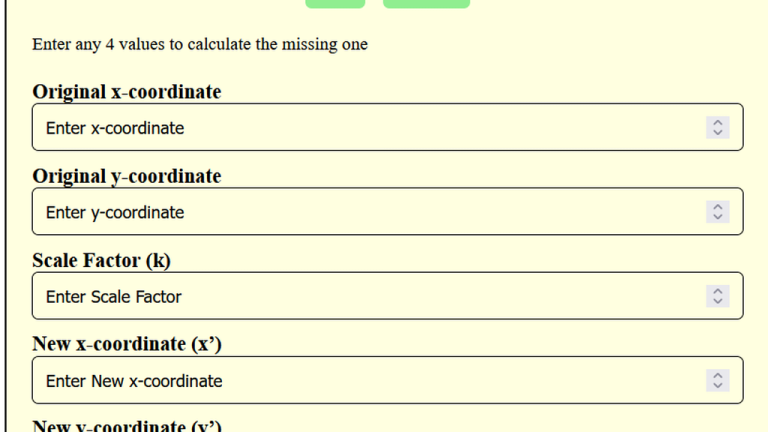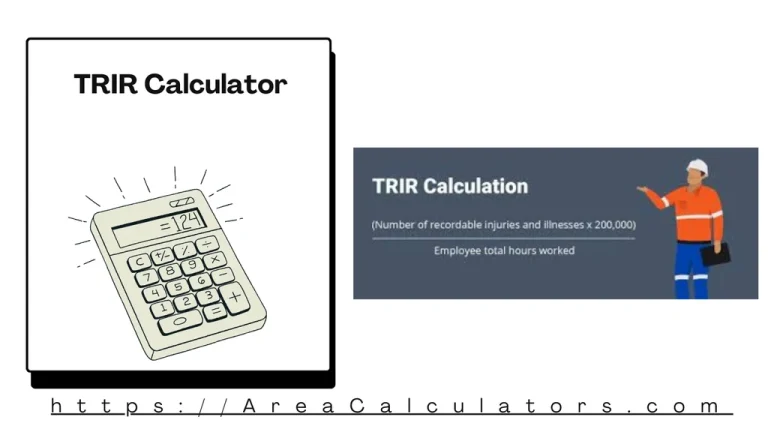10 Fold Dilution Calculator
Enter the data, initial concentration, dilution factor to get final concentration. Our 10 fold dilution calculator is made both in basic and advanced calculator mode to help to calculate easily.

Formula:
The formula is:
Variables
| Variable | Meaning |
|---|---|
| C2 | Final Concentration after Dilution |
| C1 | Initial Concentration before Dilution |
| D | Dilution Factor (10 for a 10-fold dilution) |
Solved Examples:
Example 1:
Given:
- Initial Concentration (C1) = 1000 mg/mL
- Dilution Factor (D) = 10
| Calculation | Instructions |
|---|---|
| Step 1: C2 = | Start with the formula. |
| Step 2: C2 = | Replace with 1000 mg/mL and with 10. |
| Step 3: C2 = 100 mg/mL | Divide 1000 mg/mL by 10 to get 100 mg/mL. |
Answer: The final concentration is 100 mg/mL.
Example 2:
Given:
- Initial Concentration (C1) = 500 mg/mL
- Dilution Factor (D) = 10
| Calculation | Instructions |
|---|---|
| Step 1: C2 = | Start with the formula. |
| Step 2: C2 = | Replace with 500 mg/mL and with 10. |
| Step 3: C2 = 50 mg/mL | Divide 500 mg/mL by 10 to get 50 mg/mL. |
Answer: The final concentration is 50 mg/mL.
What is 10 Fold Dilution Calculator?
A 10 Fold Dilution Calculator is a practical tool used in laboratories and research settings to simplify the process of preparing diluted solutions. A tenfold dilution means that you are diluting a solution by a factor of 10, typically by mixing one part of the solution with nine parts of a diluent, such as water or buffer.
To make a 10 fold dilution, start by measuring the volume of the original solution you want to dilute. For example, if you want to prepare 10 mL of a diluted solution, you would take 1 mL of the original solution and add 9 mL of diluent. This process is straightforward and allows for precise control over concentrations.
When using a 10 fold serial dilution, the process is repeated multiple times, creating a series of diluted solutions. This method is commonly used in microbiology and biochemistry to assess the effects of varying concentrations on biological samples.
Final Words:
Understanding how to calculate a 10 fold dilution and the differences between a simple dilution and a serial dilution is essential for conducting experiments accurately. Tools like the dilution factor calculator can help ensure that you achieve the desired concentration in your experiments, whether you’re preparing samples for analysis or performing tests in a laboratory.


